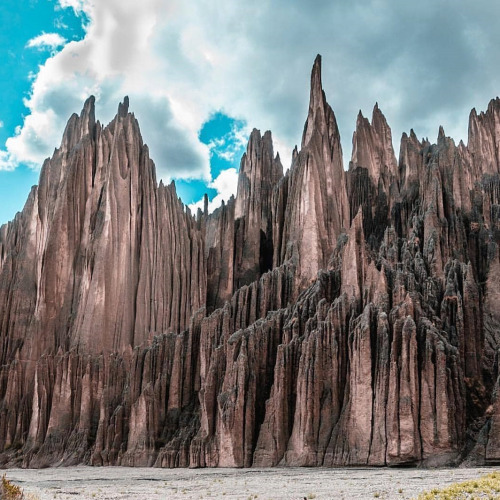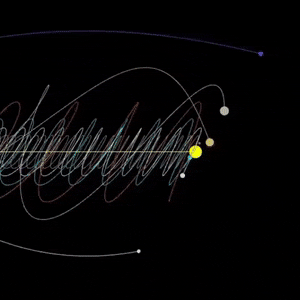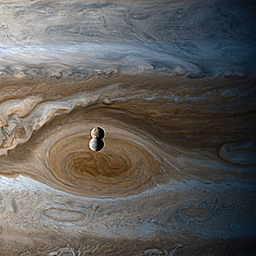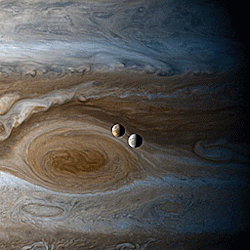
Amateur astronomer, owns a telescope. This is a side blog to satiate my science-y cravings! I haven't yet mustered the courage to put up my personal astro-stuff here. Main blog : @an-abyss-called-life
212 posts
Latest Posts by starry-shores - Page 6

Orion Nebula in Oxygen, Hydrogen, and Sulfur via NASA https://ift.tt/2GB0bRc

Hubble’s Messier Catalog by NASA’s Marshall Space Flight Center

Ratnagiri petroglyph, India. 10,000 BC...

Petroglyphs in Maharashtra, India, date back to 10,000 B.C....

Lunar Sand taken from the rim of the Shorty Crater by the Apollo 17 Astronauts. This “Orange Soil” is a result of volcanic activity on The Moon 3.8 billion years ago. It is so spherical and smooth due to the lack of gravity - pulling the molten substance in towards itself at the time of eruption and thus creating these round particles. ⠀
⠀Via Gary Greenberg, Carol Kiely, and Kate Clover
neohumanity
Grand Prismatic Spring: The most beautiful and dangerous hot spring in the world. Filmed from a helicopter 🚁 Shot on
@lexarmemory
.
yeswe_travel
Look how littel I am, next to this massive mountain..
Can you see the beauty around me ✨ .
DE)










Fontainebleau forest in France
All these are post-organic material: a petrified bones and organs of giants.

The Horsehead Nebula : Sculpted by stellar winds and radiation, a magnificent interstellar dust cloud by chance has assumed this recognizable shape. Fittingly named the Horsehead Nebula, it is some 1,500 light-years distant, embedded in the vast Orion cloud complex. About five light-years “tall”, the dark cloud is cataloged as Barnard 33 and is visible only because its obscuring dust is silhouetted against the glowing red emission nebula IC 434. Stars are forming within the dark cloud. Contrasting blue reflection nebula NGC 2023, surrounding a hot, young star, is at the lower left of the full image. The featured gorgeous color image combines both narrowband and broadband images recorded using several different telescopes. via NASA
Hiking to the largest Ammonite in the world!
Video description:
Titanites lived during the Late Jurassic Period and had a shell diameter of around 137 centimetres! surprisingly it wasn’t the largest ammonoid, as some species such as Parapuzosia could get over twice as large!
There were also some plant fossils around the area of this site!
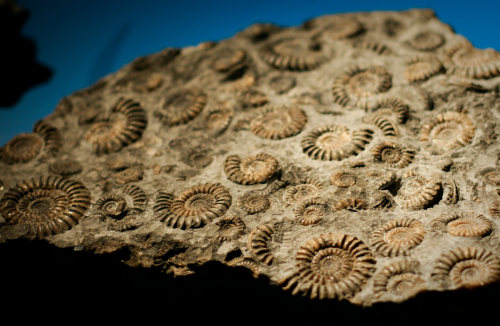
The Ammonoids The Ammonoids are a subclass of cephalopods that inhabited the oceans from the Devonian some 416 million years ago until they went extinct some 65 million years ago. The species evolved and dispersed rapidly around the world and so are some of the best guide fossils for dating the strata in which they are found.
Keep reading
Megalith Cist Burials Found in Southern India

Archaeologists have uncovered a total of 250 cairn circles in southern India’s trade and industrial center of Kodumanal, which was inhabited from the 400s through first century B.C.E.
The cairn circles were made of giant rocks, or megaliths. Most of the cairn circles were around rectangular chambers built of megaliths, which in turn contained burial cists and three or four bowls or pots. The pottery was likely for offerings placed outside the burial cists, showing a belief system that included something after death.
An impressive ten pots and bowls were recently unearthed in a larger circle made of boulders and rectangular-shaped cists made of stone slabs, surrounding a three-chambered burial. This larger, more complex burial might have been intended for someone important in the community.

Daphnis and the Rings of Saturn : What’s happening to the rings of Saturn? A little moon making big waves. The moon is 8-kilometer Daphnis and it is making waves in the Keeler Gap of Saturn’s rings using just its gravity – as it bobs up and down, in and out. The featured image is a colored and more detailed version of a previously released images taken in 2017 by the robotic Cassini spacecraft during one of its Grand Finale orbits. Daphnis can be seen on the far right, sporting ridges likely accumulated from ring particles. Daphnis was discovered in Cassini images in 2005 and raised mounds of ring particles so high in 2009 – during Saturn’s equinox when the ring plane pointed directly at the Sun – that they cast notable shadows. via NASA

Scene from an ancient sea floor, as if it happened yesterday, however, these are from Permian period (~299–251 million years ago). Some of these fossilized bivalve shells are still articulated, meaning, left and right shells are still closed together. This tells you that particular animal specimen was undisturbed since its death, until now. The hard rock that envelops these shells was once a soft sediment in which these molluscs lived.
South coast NSW, Australia


